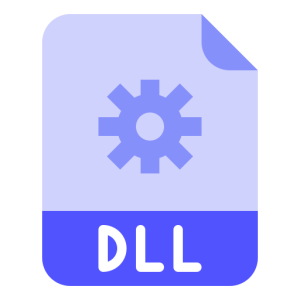Description
d3d9.dll
d3d9.dll is a dynamic link library (DLL) file that is an integral part of the Microsoft DirectX 9 API (Application Programming Interface). It is responsible for providing the necessary functionality and resources for rendering graphics and enabling 3D acceleration in applications and games developed for Windows operating systems.
This DLL file is specifically designed to handle graphics-related tasks and to ensure efficient and optimized rendering of images, animations, and visual effects in DirectX applications. It acts as a bridge between the application and the underlying graphics hardware, allowing developers to implement advanced graphics features and take full advantage of the capabilities offered by the graphics card.
d3d9.dll contains a collection of functions, interfaces, and resources that are used by applications to interact with the DirectX 9 API and access graphics hardware. It provides a comprehensive set of features for rendering 2D and 3D graphics, performing transformations, applying textures, managing buffers, and handling various shader operations.
Functionality and Importance
The d3d9.dll library is crucial for the successful execution of DirectX 9 applications and games. It fulfills several important roles and functions:
- Graphics Rendering: The DLL file provides the necessary tools and functions for rendering complex 2D and 3D graphics in applications. It handles polygon rendering, texture mapping, color blending, lighting calculations, and other graphics-related operations.
- Hardware Acceleration: d3d9.dll allows applications to utilize the full capabilities of the graphics hardware, enabling faster and more efficient rendering of graphics. It leverages the power of dedicated graphics cards to enhance performance and visual quality.
- Shader Support: The DLL file supports programmable shaders, which allow developers to implement advanced visual effects and create realistic graphics. It provides functions for compiling, loading, and executing shader programs written in languages such as HLSL (High-Level Shading Language).
Common Use Cases
d3d9.dll is extensively utilized by a wide range of applications and games that rely on the DirectX 9 API for graphics rendering and acceleration. Some common use cases include:
- Gaming: Many PC games developed during the DirectX 9 era (late 1990s to early 2000s) require d3d9.dll to run properly. This DLL ensures that games can make use of advanced graphics features and provide a visually immersive experience to the players.
- 3D Design and Modeling: Applications used for 3D design, modeling, and animation often utilize d3d9.dll to provide real-time 3D rendering capabilities. This allows designers and artists to see their creations in a realistic and interactive manner.
- Multimedia Applications: Media players, video editing software, and other multimedia applications often rely on d3d9.dll to enhance their visual output. This DLL enables smooth playback of high-definition videos, efficient graphics processing, and real-time effects rendering.

